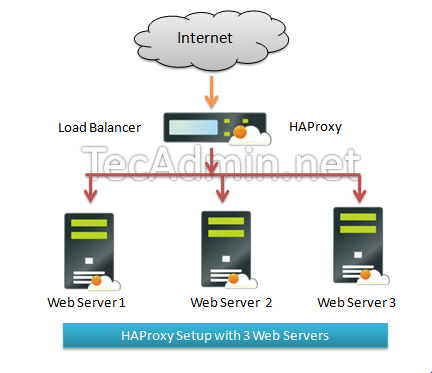
You can view the official Haproxy Documentation for more information regarding the various types of Load Balancing and more information. Next, restart Haproxy using the command below: sudo systemctl restart haproxy Stats socket /run/haproxy/admin.sock mode 660 level adminĮnsure to save the file before closing it. sudo nano /etc/haproxy/haproxy.cfgĮnter the following into the file: global We are going to create a configuration file /etc/haproxy/haproxy.cfg containing the necessary settings and configurations.
HOW TO INSTALL HAPROXY ON CENTOS INSTALL
Issue the command below to install haproxy: sudo yum install haproxyĪn HAProxy basic configuration informs the load balancing system on what kind of connections it should be listening for and which servers it should relay the connections to.
HOW TO INSTALL HAPROXY ON CENTOS UPDATE
This is done with the command below: sudo yum update It is always recommended that you update the system to the latest packages before beginning any major installations. Once you have signed up, log into your Cloudwafer Client Area with the password provided in your mail and deploy your Cloudwafer cloud server. Take a moment to create an account after which you can easily deploy your cloud servers. If you have not already registered with Cloudwafer, you should begin by getting signed up. Over the years it has become the de-facto standard opensource load balancer, is now shipped with most mainstream Linux distributions.

Basically, all you need to do is tell HAProxy what. It is particularly suited for very high traffic web sites and powers quite a number of the world's most visited ones. Setting up HAProxy for load balancing is a quite straight forward process. HAProxy is a free, very fast and reliable solution offering high availability, load balancing, and proxying for TCP and HTTP-based applications.


 0 kommentar(er)
0 kommentar(er)
